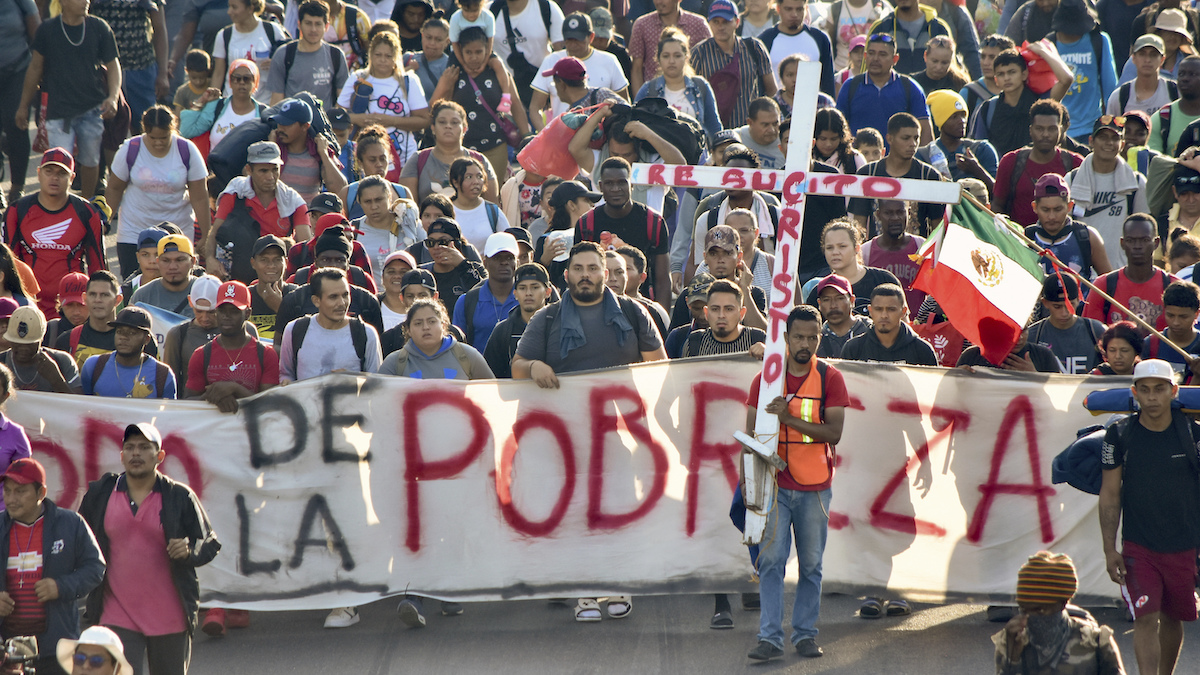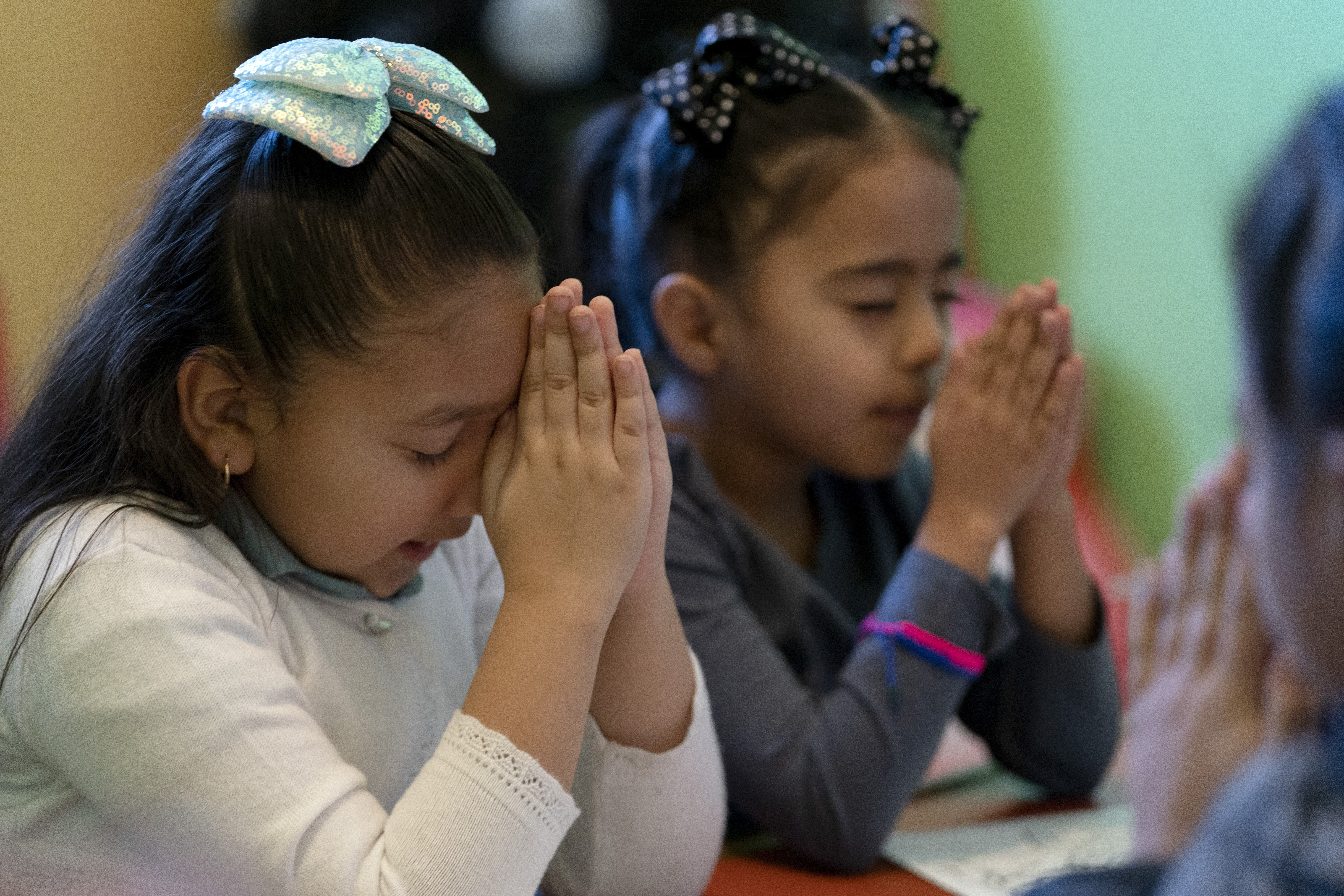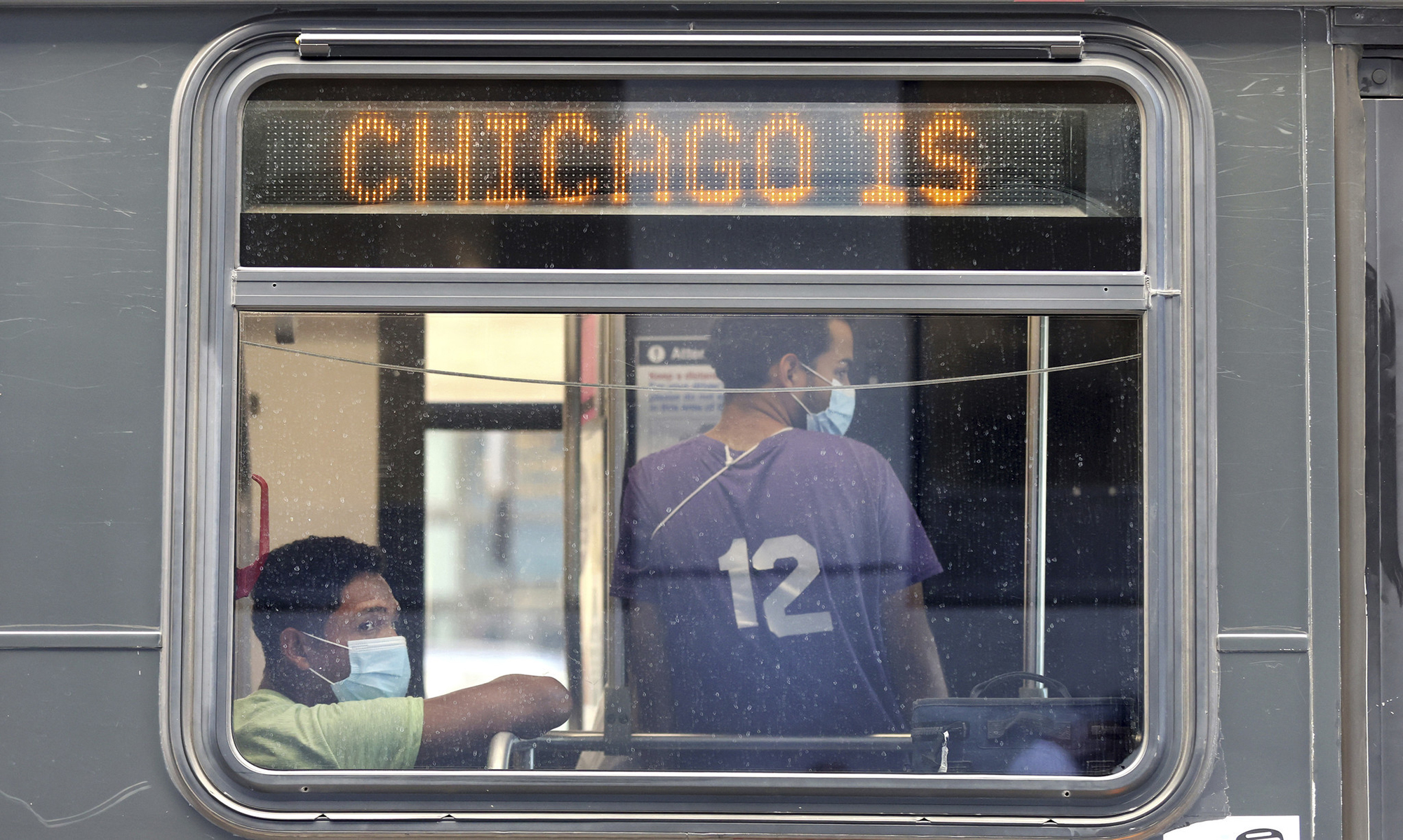A top U.S. delegation met with Mexico's president Wednesday in what many saw as an attempt to have Mexico do more to limit a surge of migrants reaching the U.S. southwestern border.
Mexican President Andrés Manuel López Obrador has said he is willing to help, but he wants to see progress in U.S. relations with Cuba and Venezuela, two of the top sources of migrants, along with more development aid for the region.
But Mexico's top priority appeared to be getting the United States to reopen border crossings that were closed because of the migrant surge.
“We spoke about the importance of the border, and about the economic relationship … the importance of reopening the border crossings, that is a priority for us,” Foreign Relations Secretary Alicia Bárcena said after the meeting.
Get Connecticut local news, weather forecasts and entertainment stories to your inbox. Sign up for NBC Connecticut newsletters.
Both sides in the talks face pressure to reach an agreement after past steps like limiting direct travel into Mexico or deporting some migrants failed to stop the influx. This month, as many as 10,000 migrants were arrested daily at the southwest U.S. border.
The U.S. has struggled to process thousands of migrants at the border, and house them once they reach northern cities. And Mexican industries were stung last week when the U.S. briefly closed two vital Texas railway crossings, arguing that border patrol agents had to be reassigned to deal with the surge. Another non-rail border crossing remained closed in Lukeville, Arizona, and operations were partially suspended in San Diego and Nogales, Arizona.
U.S. Secretary of State Antony Blinken left open the possibility that those crossings could be reopened if Mexico provides more help.
“Secretary Blinken will discuss unprecedented irregular migration in the Western Hemisphere and identify ways Mexico and the United States will address border security challenges, including actions to enable the reopening of key ports of entry across our shared border,” his office said.
Mexico says it detected 680,000 migrants moving through the country in the first 11 months of 2023.
Mexico has assigned over 32,000 military troops and National Guard officers — about 11% of its total forces — to enforce immigration laws, and the National Guard now detains far more migrants than criminals.
But the shortcomings of that approach were on display Tuesday, when National Guard officers made no attempt to stop a caravan of about 6,000 migrants, many from Central America and Venezuela, from walking through Mexico’s main inland immigration inspection point in southern Chiapas state near the Guatemala border.
In the past, Mexico has let such caravans go through, trusting that they would tire themselves out walking along the highway.
By Wednesday, Lazara Padrón Molina, 46, from Cuba was sick and exhausted. The caravan set out Dec. 24 from the city of Tapachula and had walked about 45 miles (75 kilometers) through the heat to Escuintla in southern Chiapas state.
“The route is too long to continue walking. Why don't they just give us documents so that we could get a bus or a taxi?” Padrón Molina said. “Look at my feet,” she said, showing blisters. “I can't go on anymore.”
But wearing the migrants out — by obliging Venezuelans and others to hike through the jungle-clad Darien Gap, or corralling migrants off passenger buses in Mexico — no longer appears to work.
So many migrants have been hopping freight trains through Mexico that one of the country's two major railroad companies suspended trains in September because of safety concerns. Police raids to pull migrants off railway cars — the kind of action Mexico took a decade ago — might be one thing the American delegation would like to see.
A few blocks from Mexico City's main plaza — where Blinken will meet with López Obrador at the National Palace — migrants stayed at an improvised shelter at a church, gathering strength before continuing north.
David Peña, his two daughters and his pregnant wife, Maryeris Zerpa, hoped to reach the United States before the child is born in about a month.
“The goal is to cross over so the baby will be born there,” Peña said. But with no asylum appointment, he had no idea how the family will enter.
U.S. Homeland Security Secretary Alejandro Mayorkas and homeland security adviser Liz Sherwood-Randall also are attending the meeting.
The U.S. has shown that one country's problems on the border quickly become both countries' problems. The Texas railway closures put a chokehold on freight moving from Mexico to the U.S., as well as grain needed to feed Mexican livestock moving south.
López Obrador confirmed last week that U.S. officials want Mexico to do more to block migrants at its southern border with Guatemala, or make it more difficult to move across Mexico by train or in trucks or buses, a policy known as “contention.”
But the president said that in exchange he wanted the United States to send more development aid to migrants’ home countries, and to reduce or eliminate sanctions against Cuba and Venezuela.
“We are going to help, as we always do,” López Obrador said. “Mexico is helping reach agreements with other countries, in this case Venezuela.” He said Mexico has proposed to President Joe Biden that a U.S.-Cuba bilateral dialogue be opened.
In May, Mexico agreed to take in migrants from countries such as Venezuela, Nicaragua and Cuba who had been turned away by the U.S. for not following rules that provided new legal pathways to asylum and other forms of migration.




